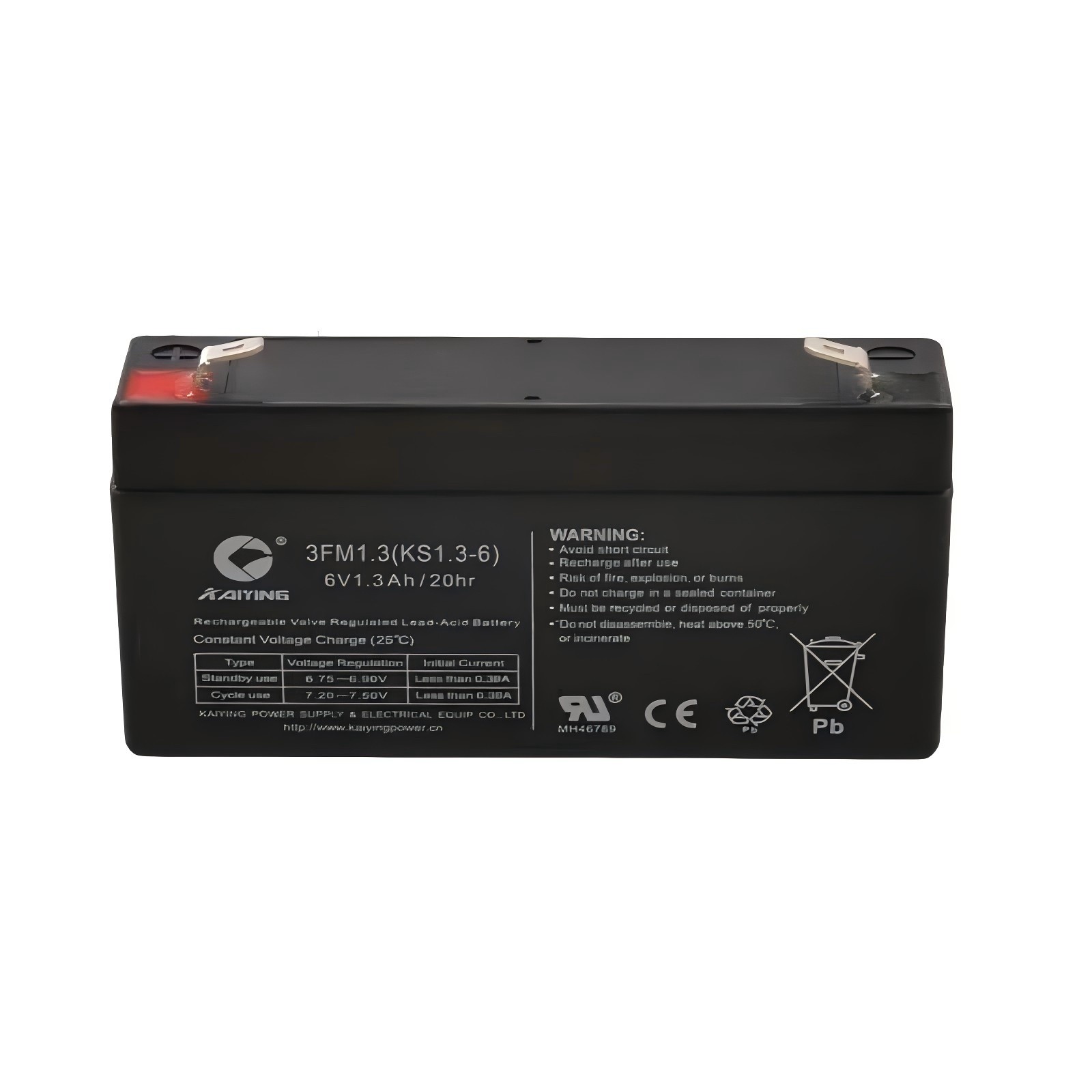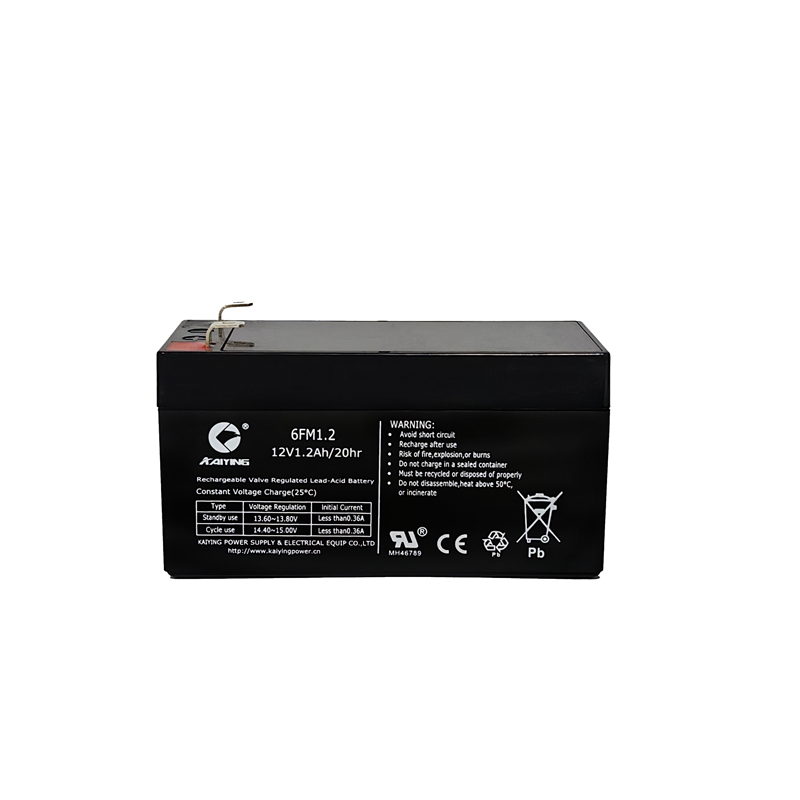Solar wall lamps are a smart choice for outdoor illumination, combining convenience with eco-friendly energy. To keep these lights operating effectively, regular maintenance tailored specifically for wall-mounted fixtures is essential. Because they’re positioned vertically, solar wall lamps can gather dust, dirt, and even bird droppings more quickly, which can obstruct sunlight from reaching the solar panels. Cleaning the panels every few weeks with a soft, damp cloth will help maintain their energy absorption efficiency, ensuring bright illumination.
Since solar wall lights rely on rechargeable batteries, battery upkeep is another critical aspect of their maintenance. Located outdoors, the batteries face constant weather exposure, which can affect their chafing ability over time. Ensuring the lights receive full sunlight for most of the day will help maintain battery health. In climates with prolonged rainy or cloudy seasons, the batteries may need replacement every 1-2 years, using high-quality replacement batteries can prevent dimming and extend life of you wall mounted solar lights.

Wall-mounted fixtures are also vulnerable to wind, rain, and impact, making it essential to inspect them for physical damage. Periodically check for signs of wear, such as loose screws, cracked casings, or damaged wiring. Tighten and secure any components as needed to prevent moisture from infiltrating the internal circuitry. Addressing minor issues early will protect the structural integrity of the fixture, preserving both the aesthetic and functional value of solar outdoor wall lights.
By following these simple maintenance steps, your solar wall lights will remain and efficient, reliable source of illumination. Keeping the panels clean, caring for the batteries, and inspecting for weather-related wear will ensure your solar wall lights stay bright and functional for many seasons to come.
SLD, Solar Lights Do, specializes in manufacturing and selling high-quality solar lights, including efficient and durable solar wall lights designed for outdoor use. For more information about our solar lighting solutions, please visit us at www.solarlightsdo.com.



 Charging Safety
Charging Safety













 Keep terminals clean: Regularly clean the battery terminals to remove corrosion and dirt, ensuring good electrical contact.
Keep terminals clean: Regularly clean the battery terminals to remove corrosion and dirt, ensuring good electrical contact. Avoid overcharging and over-discharging: Follow the battery's charging and discharging specifications to prevent battery damage.
Avoid overcharging and over-discharging: Follow the battery's charging and discharging specifications to prevent battery damage.